


An online article by Erin Parke for ABC News - Aboriginal artwork in the Kimberley could be among oldest in the world, scientists say - reports that archaeologists and Aboriginal elders are hoping the most comprehensive study of rock art in the Kimberley region will confirm the images are among the oldest made by humans anywhere in the world.
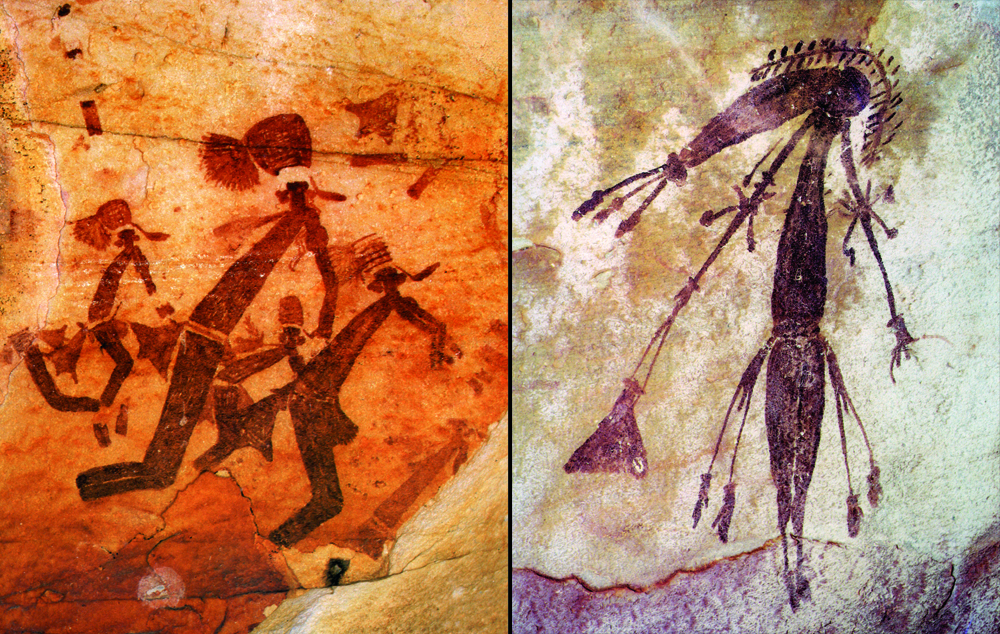
Bradshaw/Gwion Gwion paintings. Image: Bradshaw Foundation
Several scientists have participated in two field trips to study the rock art in the Dambimangari and Balanggarra regions of the Kimberley, north-western Australia (below). Professor Peter Veth, from the University of Western Australia, said they were expecting to have the first results through by the end of the year.
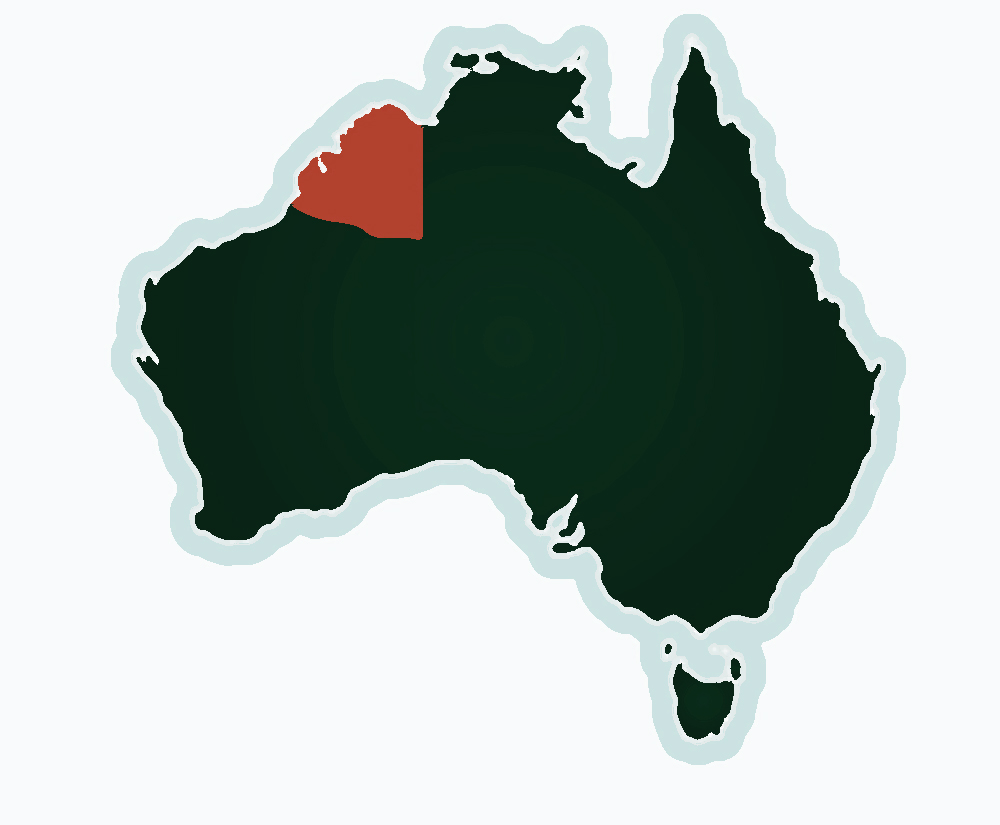
The Kimberley region of Australia. Image: Bradshaw Foundation
He expects some of those dates to be extremely old, some as old, if not older, than the art in Europe. Clearly, this will bestow the art of the Kimberley - with its living, cultural connections - with world significance.
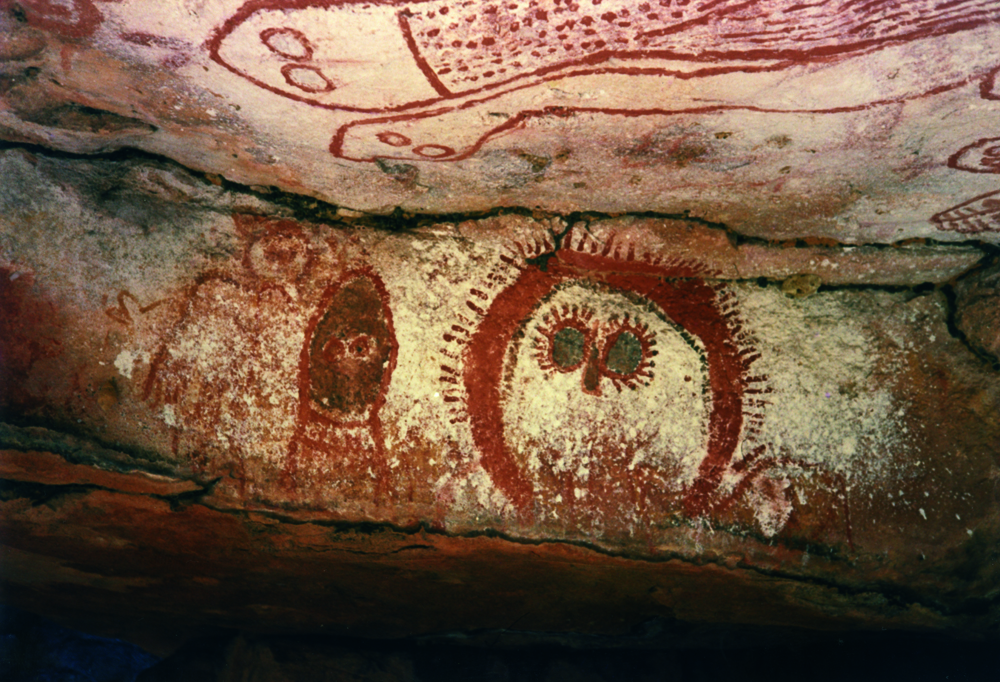
Wandjina paintings in the Kimberleys. Image: Bradshaw Foundation
In Australia, dating has been relatively limited, but dates of between 13,000 to 15,000 years old have been recorded in Queensland, and up to 28,000 years in Arnhem Land in the Northern Territory. Given that Aboriginal people are believed to have arrived in northern Australia up to 50,000 years ago, Professor Veth said there was potential for older dates to emerge.
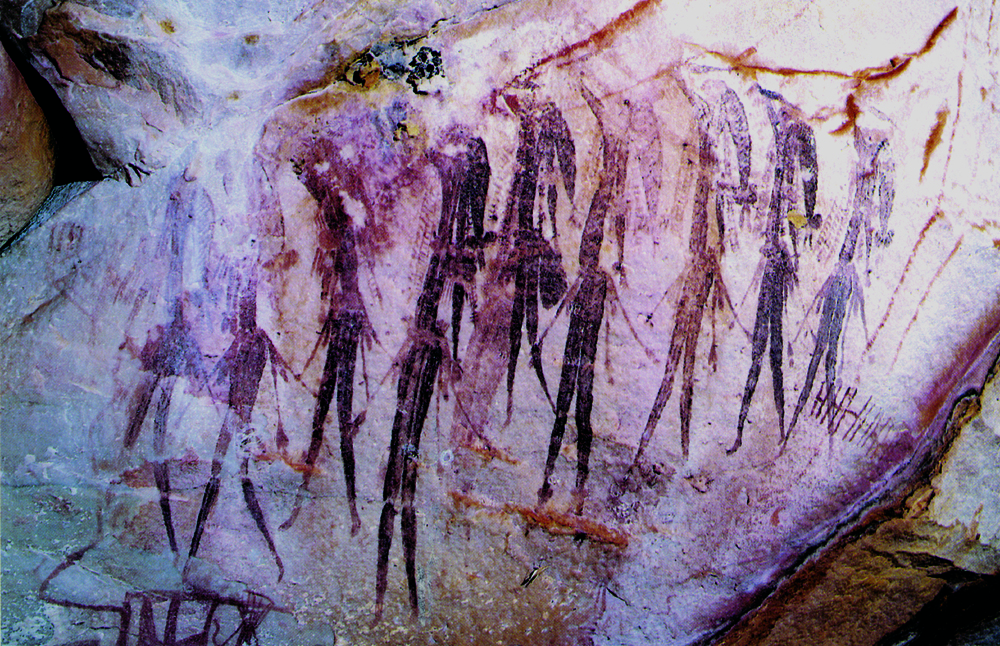
Bradshaw/Gwion Gwion paintings. Image: Bradshaw Foundation
The team used several different dating techniques on each painting to come up with the most reliable set of dates possible. Their focus was on analysing the tiny samples of material taken from both under and on top of the painting, to narrow down the period in which it was created.
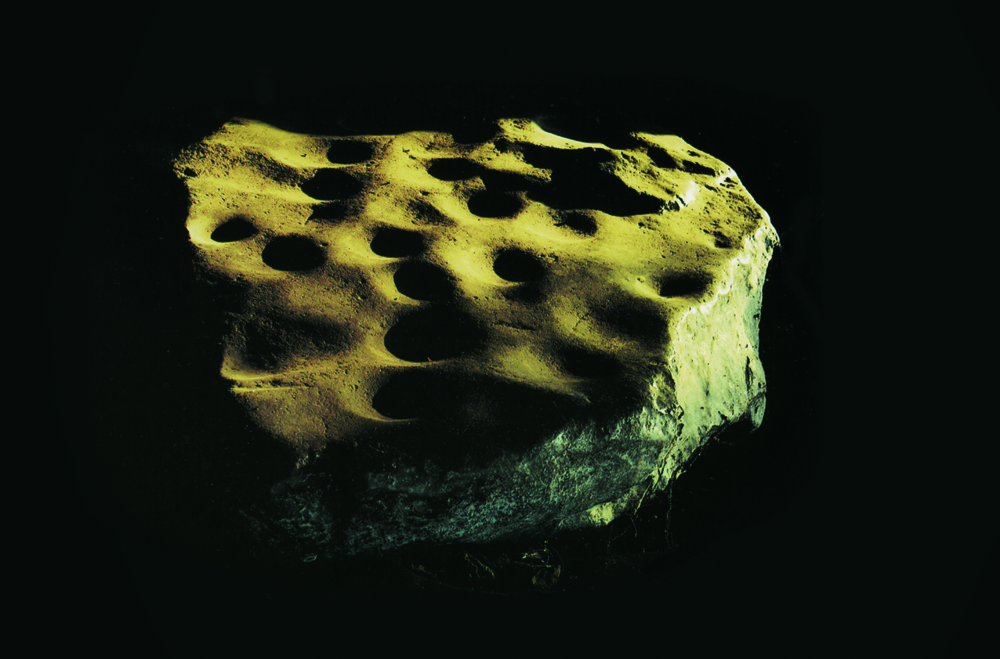
An ancient cupule site in the Kimberleys. Image: Bradshaw Foundation
Watching on closely are the Dambimangari and Balanggarra people; members of their ranger groups accompanied the researchers on the field trips to share knowledge of their sacred sites and ensure they were not damaged.
For many elders, pinpointing creation dates for their art is of little concern. Elders like Balanggarra man Augustine Unhango have their own deeply felt understanding of how and when the images were made. However, he said he recognised the value in documenting the rock art sites for posterity.
Visit the Australian Rock Art Archive:
http://www.bradshawfoundation.com/bradshaws/index.php
Follow the Human journey into Australia on the Journey of Mankind Genetic Map:
http://www.bradshawfoundation.com/journey/
by Bradshaw Foundation
Monday 30 May 2022
by Bradshaw Foundation
Wednesday 19 January 2022
by Bradshaw Foundation
Thursday 06 January 2022
by Bradshaw Foundation
Monday 06 December 2021
by Bradshaw Foundation
Monday 29 November 2021
by Bradshaw Foundation
Monday 25 October 2021
by Bradshaw Foundation
Monday 12 July 2021
by Bradshaw Foundation
Monday 24 May 2021
by Bradshaw Foundation
Tuesday 20 April 2021
by Bradshaw Foundation
Thursday 01 April 2021
by Bradshaw Foundation
Tuesday 23 February 2021
by Bradshaw Foundation
Thursday 14 January 2021
by Bradshaw Foundation
Friday 18 December 2020
by Bradshaw Foundation
Sunday 06 December 2020
by Bradshaw Foundation
Thursday 26 November 2020
by Bradshaw Foundation
Wednesday 07 October 2020
by Bradshaw Foundation
Monday 30 May 2022
by Bradshaw Foundation
Wednesday 19 January 2022
by Bradshaw Foundation
Thursday 06 January 2022
by Bradshaw Foundation
Monday 06 December 2021
by Bradshaw Foundation
Monday 29 November 2021
by Bradshaw Foundation
Monday 25 October 2021
by Bradshaw Foundation
Monday 12 July 2021
by Bradshaw Foundation
Monday 24 May 2021
by Bradshaw Foundation
Tuesday 20 April 2021
by Bradshaw Foundation
Thursday 01 April 2021
by Bradshaw Foundation
Tuesday 23 February 2021
by Bradshaw Foundation
Thursday 14 January 2021
by Bradshaw Foundation
Friday 18 December 2020
by Bradshaw Foundation
Sunday 06 December 2020
by Bradshaw Foundation
Thursday 26 November 2020
by Bradshaw Foundation
Wednesday 07 October 2020
Friend of the Foundation











